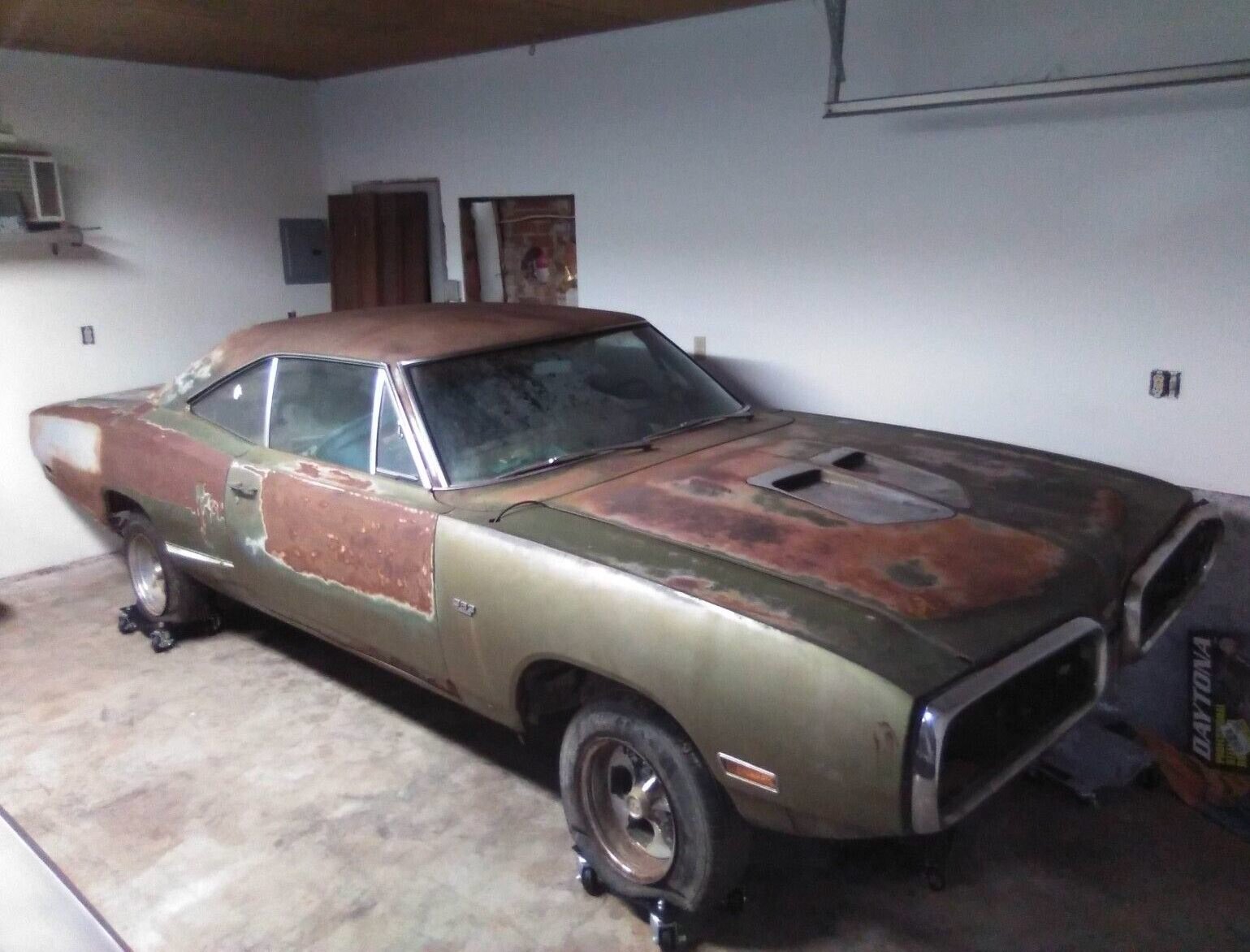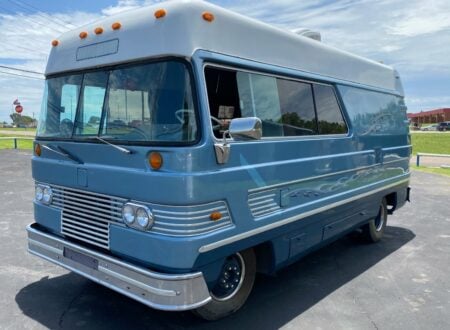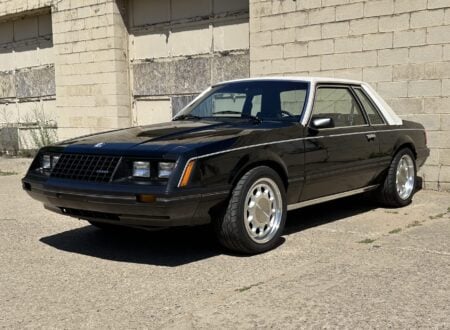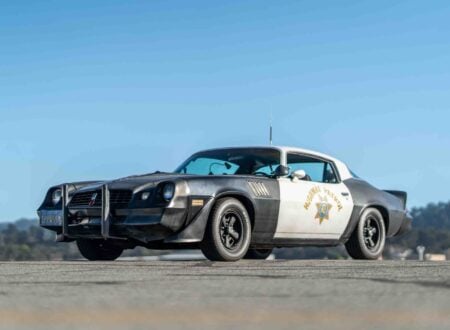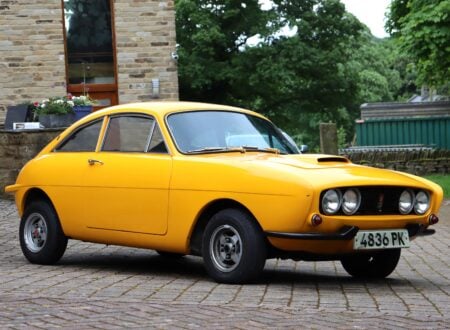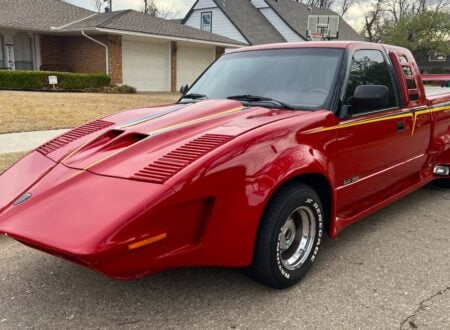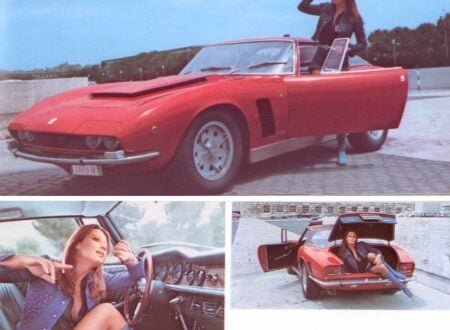The Dodge Super Bee was developed hastily to challenge the still-new Plymouth Road Runner that had been released in 1968 and enjoyed strong sales across the country.
This example of the Super Bee has been sitting for many years, but importantly, it’s accompanied by its original matching-numbers 383 Magnum V8 and transmission. It’s now being offered for sale out of North Carolina for $15,900 USD.
Fast Facts – The Dodge Super Bee
- The Dodge Super Bee was introduced as Dodge’s answer to the Plymouth Road Runner. Based on the Dodge Coronet’s B-body platform, it was designed as a budget-friendly, high-performance V8 muscle car.
- The name “Super Bee” came from the underlying Chrysler B-body platform, a platform the car shared with many other models including the Road Runner – its Mopar sibling and arch rival.
- The Super Bee was equipped as standard with the 383 cubic inch Magnum V8, the 426 Hemi was an optional upgrade, and later a 440 Six-Pack would be an option. Engines could be paired with either a 4-speed manual transmission or a 3-speed automatic.
- After its introduction in 1968 the Super Bee initially sold well, though never in the same numbers as the Road Runner. Sales began to taper off considerably in 1970 due to a number of factors including a redesigned front end that wasn’t to everyone’s taste, and increasing insurance premiums for V8 sports cars.
- The car you see here has remained untouched in storage for many years and now needs a full restoration. It comes with its original matching-numbers 383 Magnum V8 and automatic transmission, and it’s being offered for sale out of Greensboro, North Carolina.
Building A Road Runner Killer
The Dodge Super Bee was developed very quickly and with a single goal in mind – to capitalize on the success of the Plymouth Road Runner and hopefully pull some sales from the rival model. Dodge should really have called the car “Coyote,” but couldn’t even if they wanted to, as Plymouth had already licensed the Road Runner and Wile E. Coyote cartoon characters for their own vehicles.
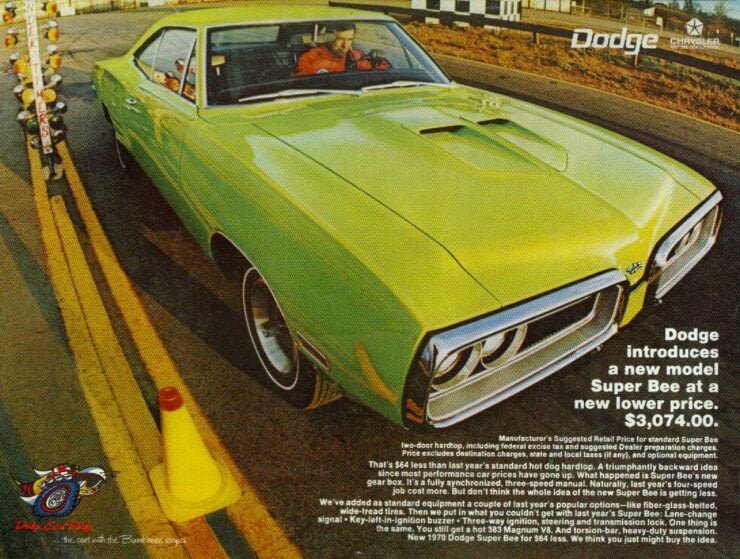

Dodge and Plymouth were both siblings in the Chrysler Mopar family, and so when Plymouth’s success with the Road Runner took off, Dodge wasted no time in creating their own version – they even used the same B-body Chrysler platform and the same V8 engine options.
Time was of the essence and Dodge Division General Manager, Robert McCurry wasted no time in formally requesting a similar low-cost, high-performance model from the Dodge Styling office.
Dodge Senior designer Harvey J. Winn won an internal naming contest with his submission of “Super Bee,” a reference to the B-body platform that the car was to be based on.
The specific version of the B-body platform was the one used to underpin the Dodge Coronet, with which the Super Bee shared much of its body and running gear. The Super Bee was developed to be affordable, appealing to young Americans, and as fast as possible.
Introducing The Super Bee
Released in 1968 the Super Bee would come standard with the 335 bhp 383 cubic inch Magnum V8, the 425 bhp 426 Hemi was an optional upgrade. The car came standard with heavy-duty suspension, a 4-speed manual transmission, a a Hurst Competition-Plus shifter with a Hurst linkage, high-performance tires, and the “Super Bee” decals on the body.
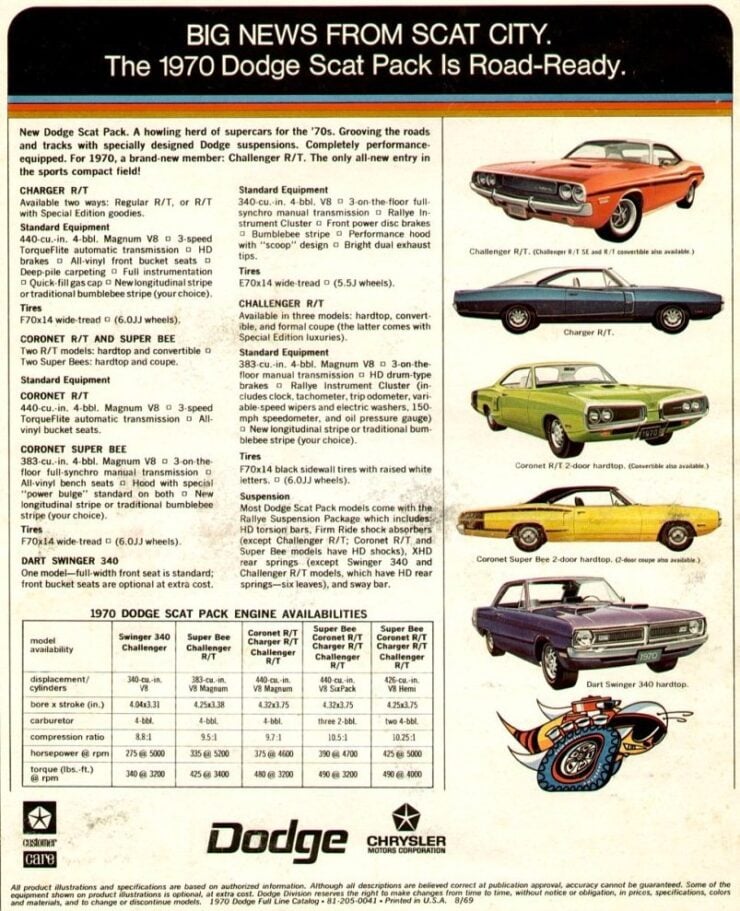

Performance-wise the Super Bee was very similar to the Road Runner, largely down to the fact that they were so similar under the bodywork. Sales would reach almost 8,000 units in 1968, then climb to almost 30,000 in 1969, before falling to 15,506 in 1970.
The reason for the sales slump in 1970 was down to a few factors, the two most commonly cited are the sharp increase in insurance costs for V8 muscle cars around this time due to frequent accidents, and the fact that the 1970s cars had a new front end that many considered less attractive.
The new front end for 1970 was developed to differentiate the Super Bee from the Coronet it was based on. The two symmetrical chrome loops were actually bumpers, and Dodge Public Relations referred to as “bumble bee wings” for obvious reasons.
Ultimately the Super Bee would leave production in the US in 1971, though a version based on the A-Body platform would be built in Mexico for the local market from 1970 until 1976.
Dodge would ressurect the Super Bee in 2007 on the Charger platform and keep it in production for two years until 2009. It then made one more appearance in 2011 based on the redesigned Dodge Charger.
The 1970 Dodge Super Bee
The car you see here is a 1970 Dodge Super Bee that came from the factory with the 335 bhp 383 cubic inch Magnum V8 and the 3-speed automatic transmission – both of which still accompany the car.
The vehicle has clearly been in storage for many years and is suffering significant corrosion damage to the floor and other sections of the underside. It now needs a full restoration, though given the car’s rarity and the fact that it comes with the matching-numbers drivetrain it’ll likely find a new home fairly quickly.
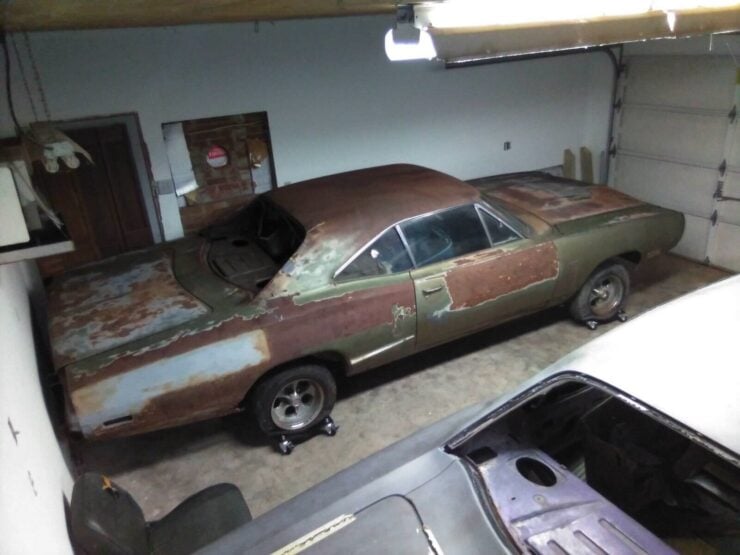

The car is showing its original dark green paint and the factory Super Bee graphics down either side. The interior shows matching green hues and what appears to be a woodgrain dashboard, as well as a set of period-correct alloy wheels.
It’s being offered for sale on eBay Motors out of Greensboro, North Carolina with a Buy It Now price of $15,900 USD – you can visit the listing here if you’d like to read more about it or register to bid.
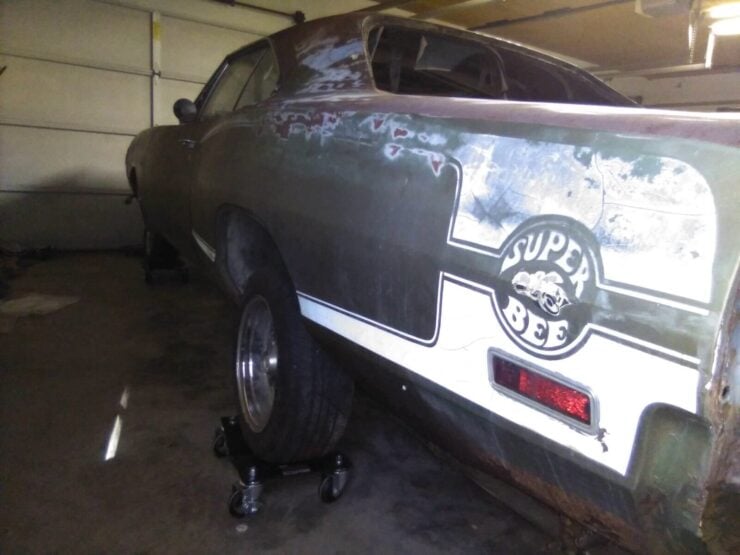
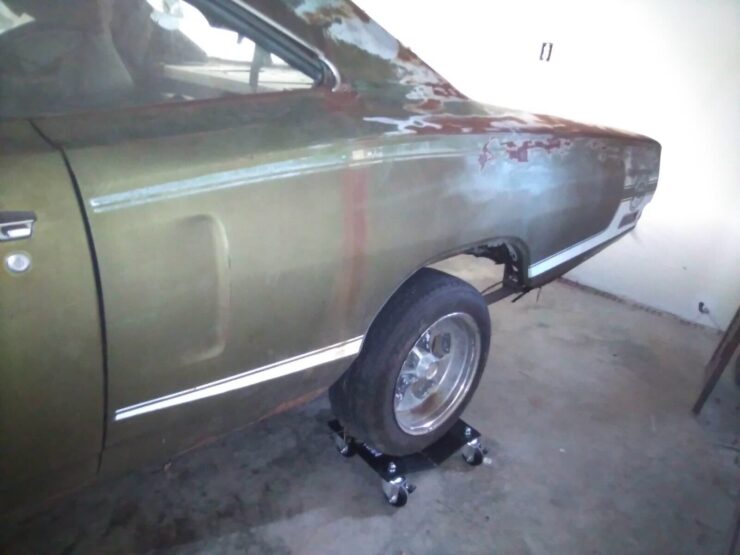
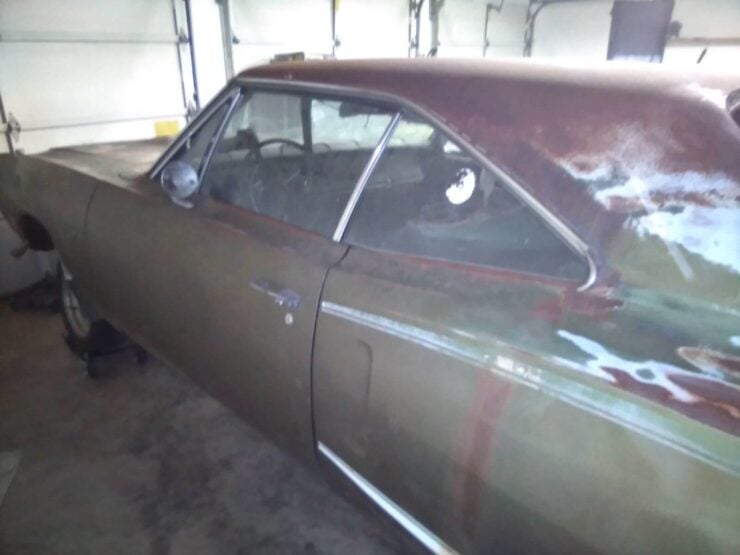
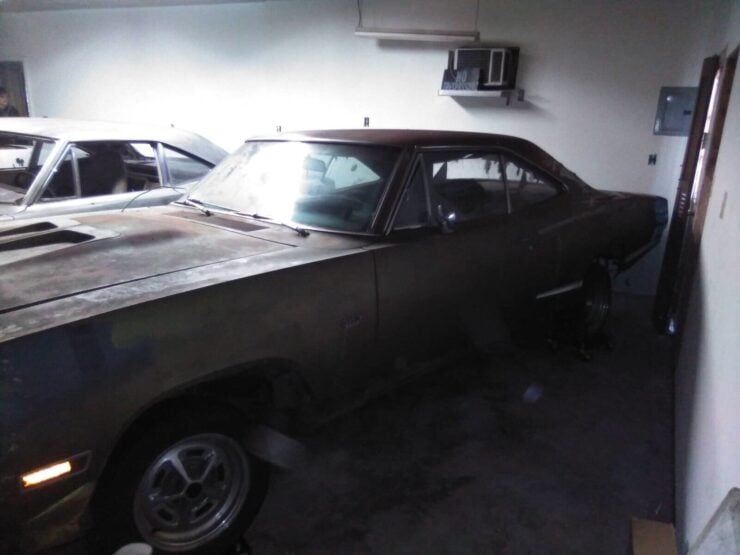
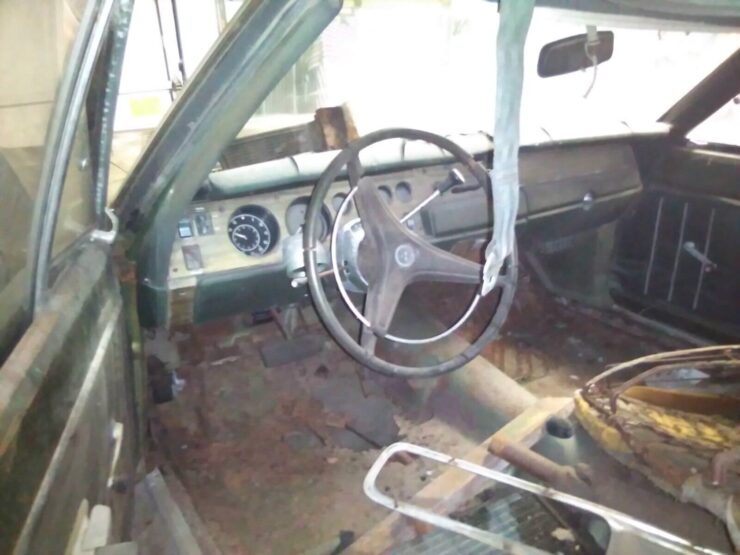
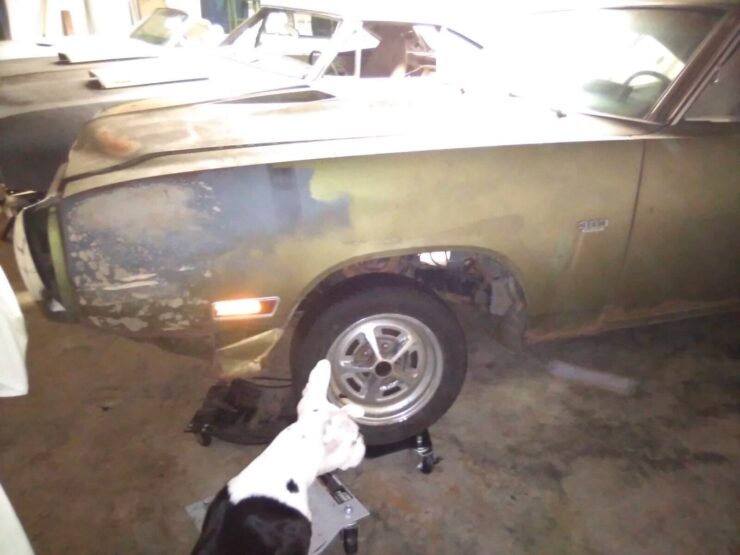
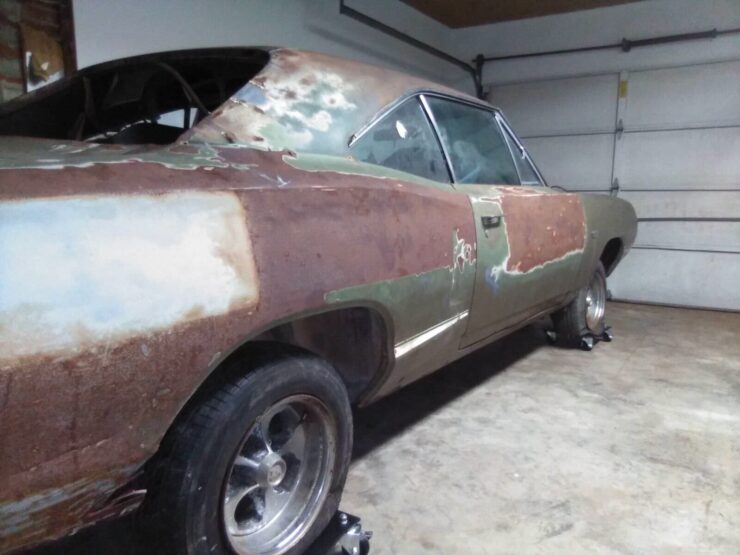
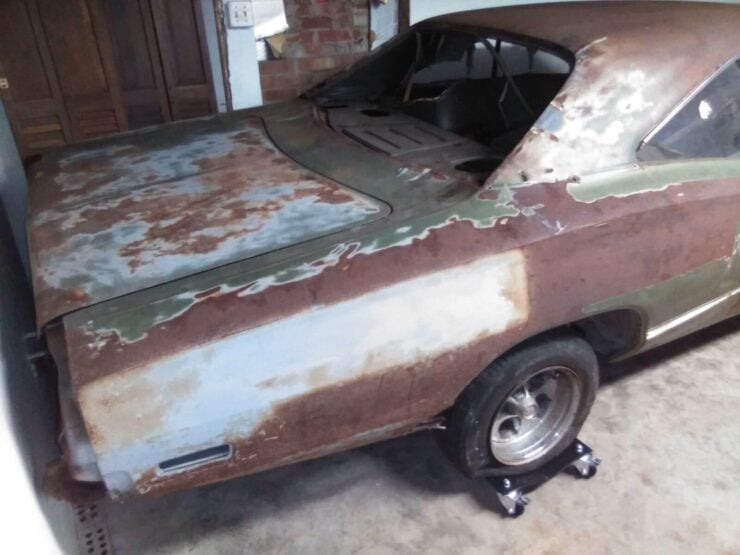
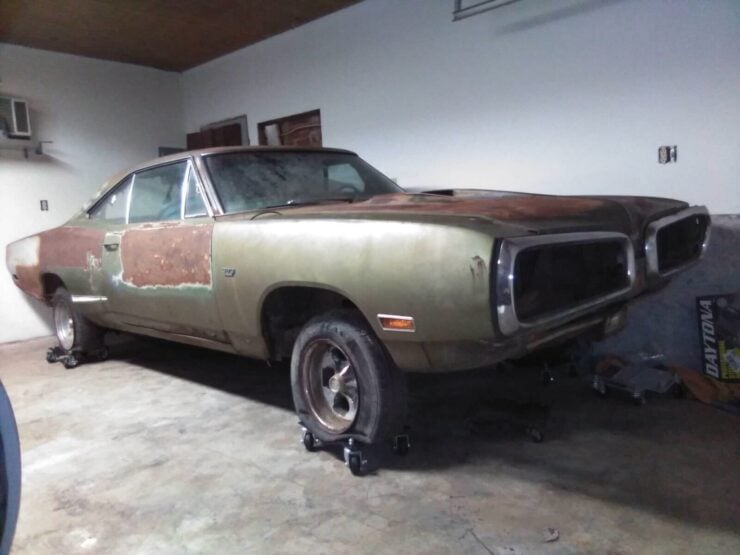
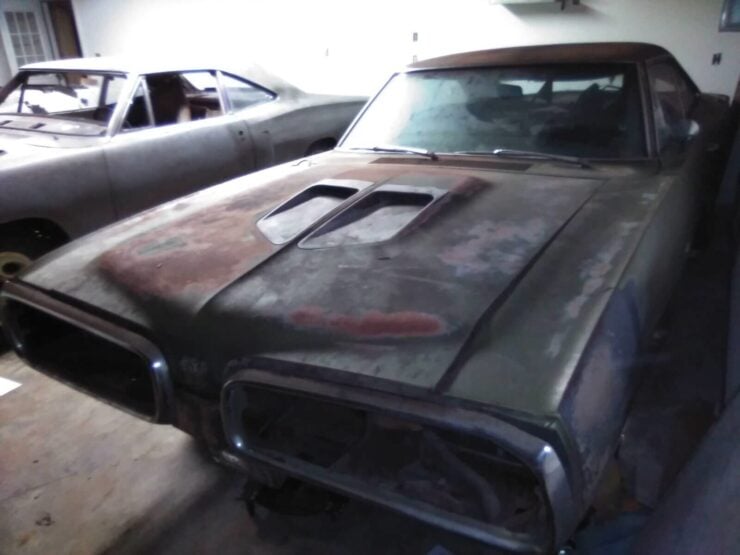
Images courtesy of eBay Motors

Articles that Ben has written have been covered on CNN, Popular Mechanics, Smithsonian Magazine, Road & Track Magazine, the official Pinterest blog, the official eBay Motors blog, BuzzFeed, Autoweek Magazine, Wired Magazine, Autoblog, Gear Patrol, Jalopnik, The Verge, and many more.
Silodrome was founded by Ben back in 2010, in the years since the site has grown to become a world leader in the alternative and vintage motoring sector, with well over a million monthly readers from around the world and many hundreds of thousands of followers on social media.

